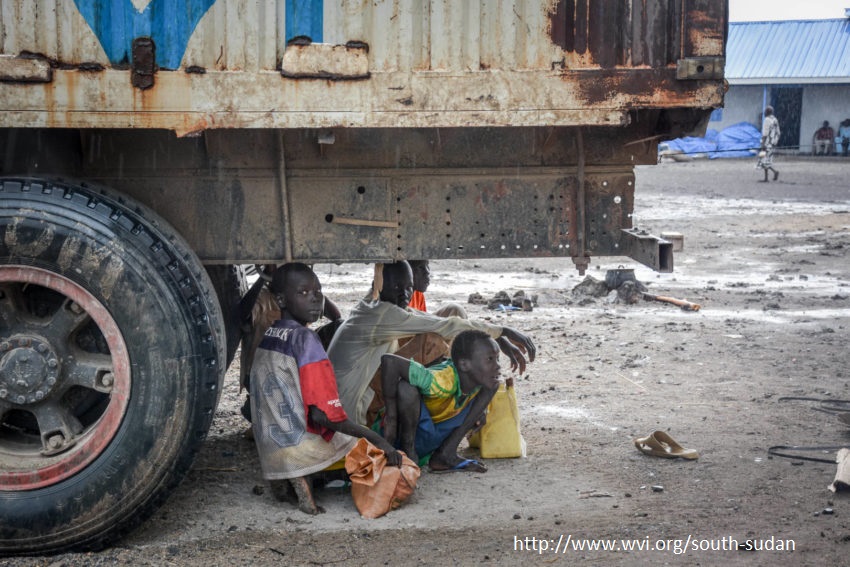Whats Happening?
Since becoming the an independent nation in July of 2011 South Sudan has experienced one of the worst humanitarian crises the world has seen in this millennia. No more than two years after declaring itself as an independent country South Sudan became immersed in political strife worsened by famine, drought and economic instability. Though the region has experienced ethnic feuds, tribal rebellions and border disputes throughout modern history. South Sudan’s declaration as an independent nation gave the citizens a brief respite and hope for a peaceful future. Unfortunately, peace was fleeting and the rivalry between the newly elected President, Salva Kiir, and Vice-President, Riek Machar, erupted into an ethnic conflict in the streets of the capital of Juba ion December of 2013 [4]. Within the first month of violence 413,000 citizens had been displaced [1]. In August of 2015 a peace agreement was signed between the two feuding factions however violence once again erupted in July 2016, resulting in mass casualties due to atrocities executed by parties on both sides of the feud. The current strife has been exacerbated by economic disparity, drought, famine and disease outbreaks. In January of 2012, the South Sudan government decided to halt the production of one of its most valuable resources, oil, placing greater economic reliance on its agricultural industry. However, recent drought has halted agricultural production almost completely causing famine among an already burdened populace. In a nation where a person’s livelihood is measured by the size of their heard and 80% of the population consists of rural farmers this has had a devastating effect on the people [3]. Six years into the civil war it seems there is little relief for the South Sudanese people. According to a UNICEF report over 8 million people are in need of humanitarian relief and nearly 3.4 million people have been displaced since the initial conflict arose in December 2013.

Some Facts

2. “South Sudan: What Is the Fighting about?” BBC News, BBC, 10 May 2014, www.bbc.com/news/world-africa-25427965.
3. “The World Fact book: South Sudan.” Central Intelligence Agency, Central Intelligence Agency, 15 Nov. 2017, www.cia.gov/library/publications/the-world-factbook/geos/od.html.
4. UNICEF, South Sudan Conflict: Sub-Regional Funding Priorities.” Relief Web. United Nations Children’s Fund, 21 January 2014. reliefweb.int/report/south-sudan-republic/unicef-south-sudan-conflict-sub-regional-funding- priorities.
Special thanks to Sophia Bogner for assisting in writing sections